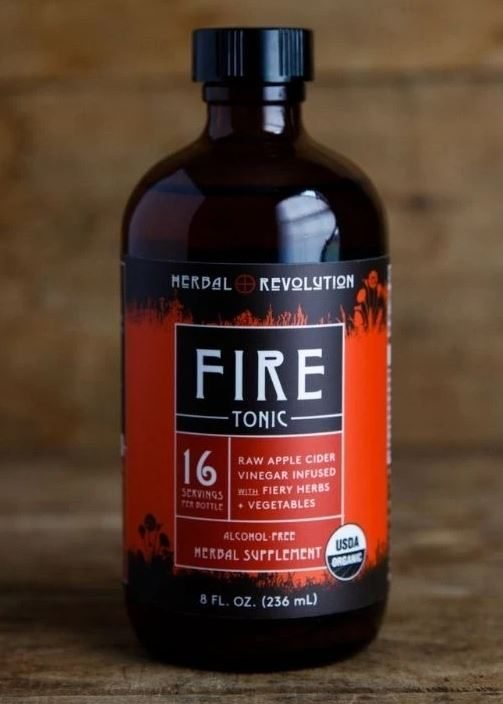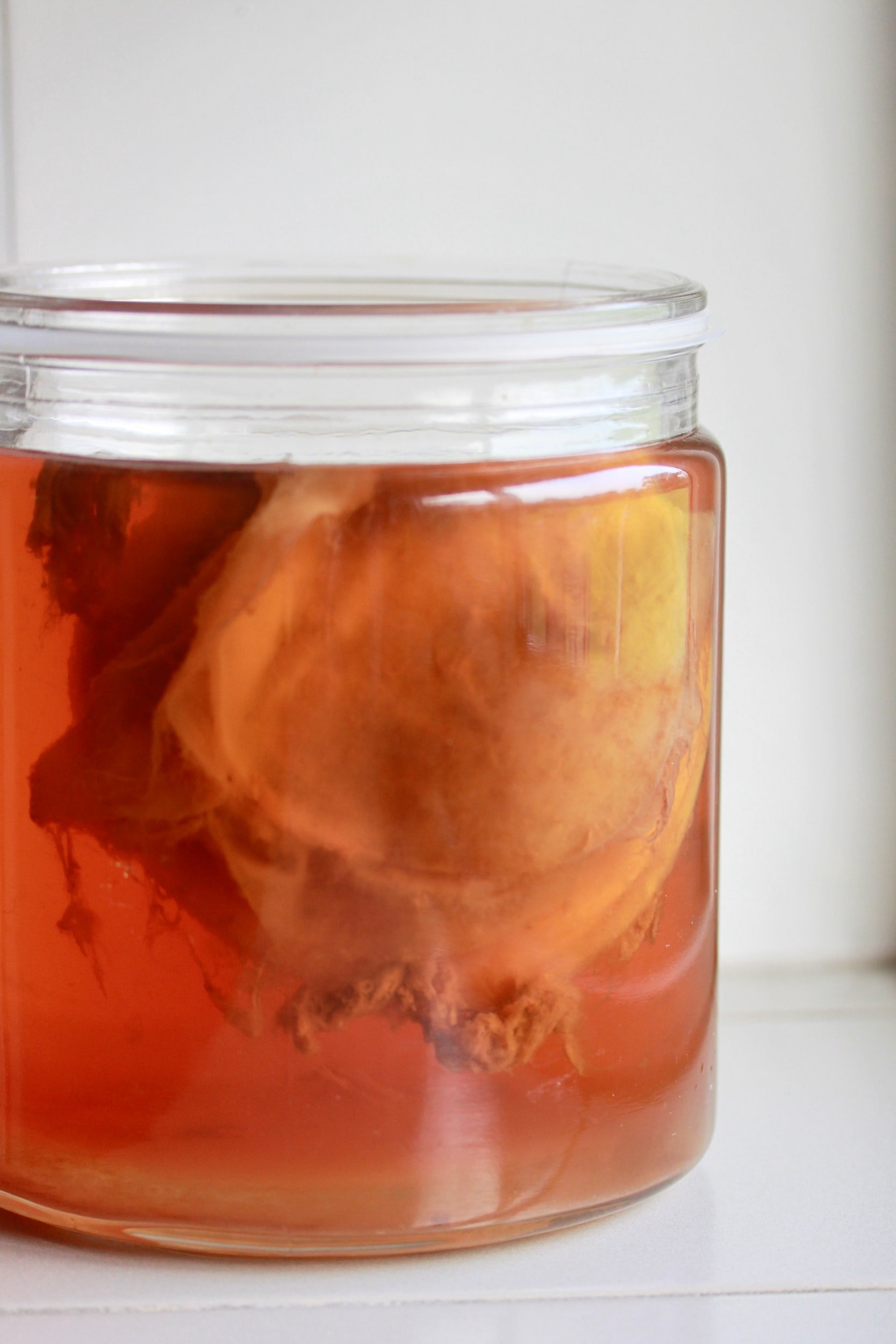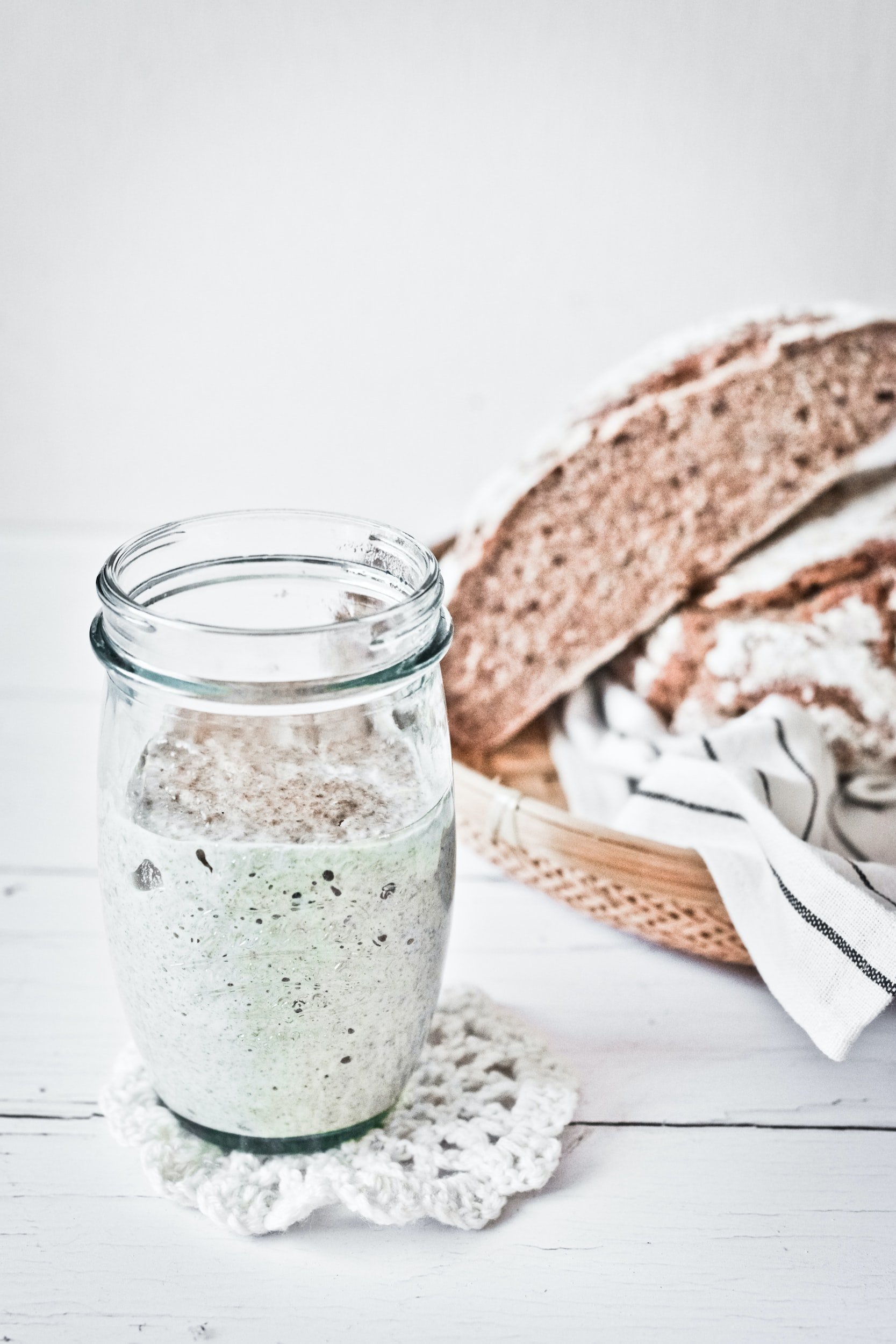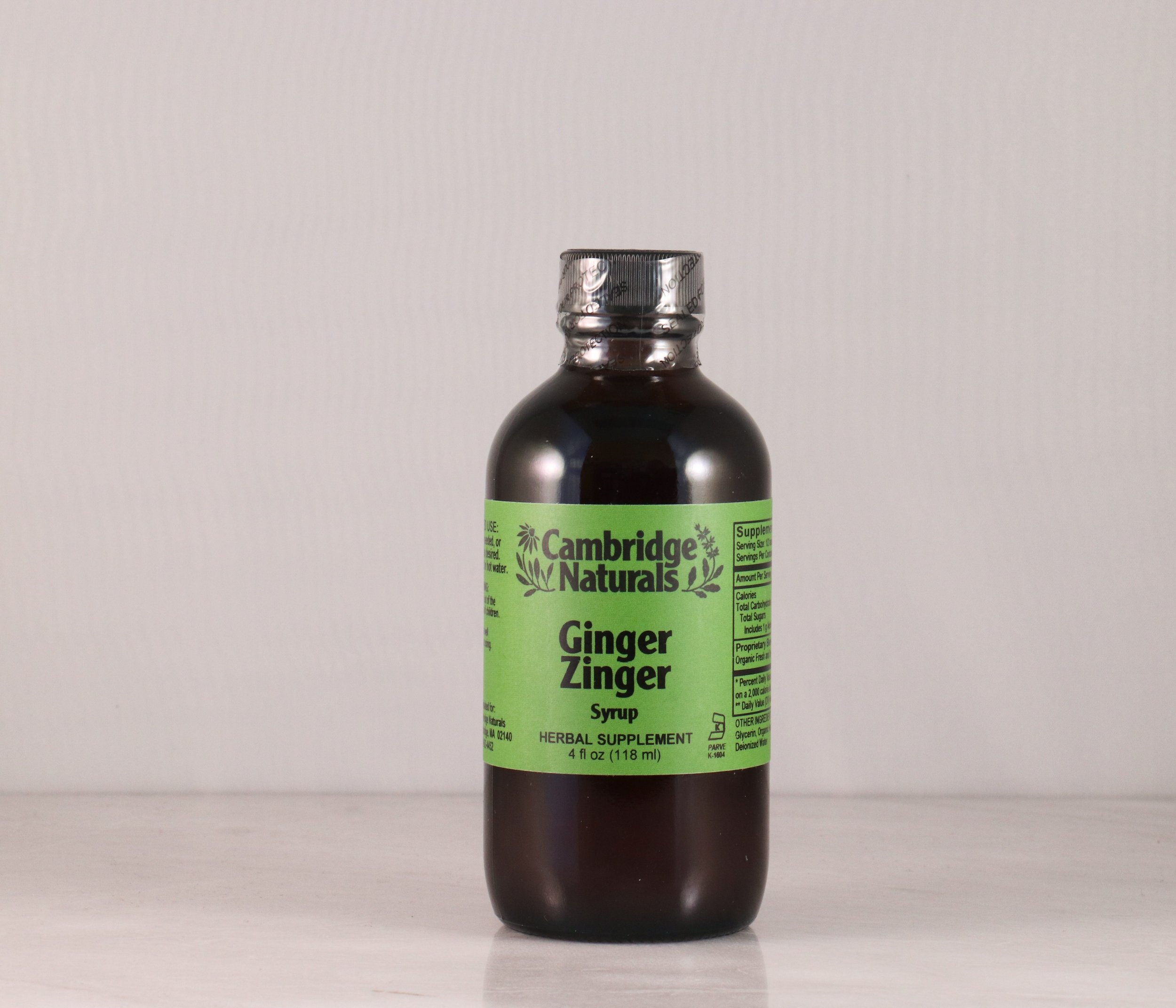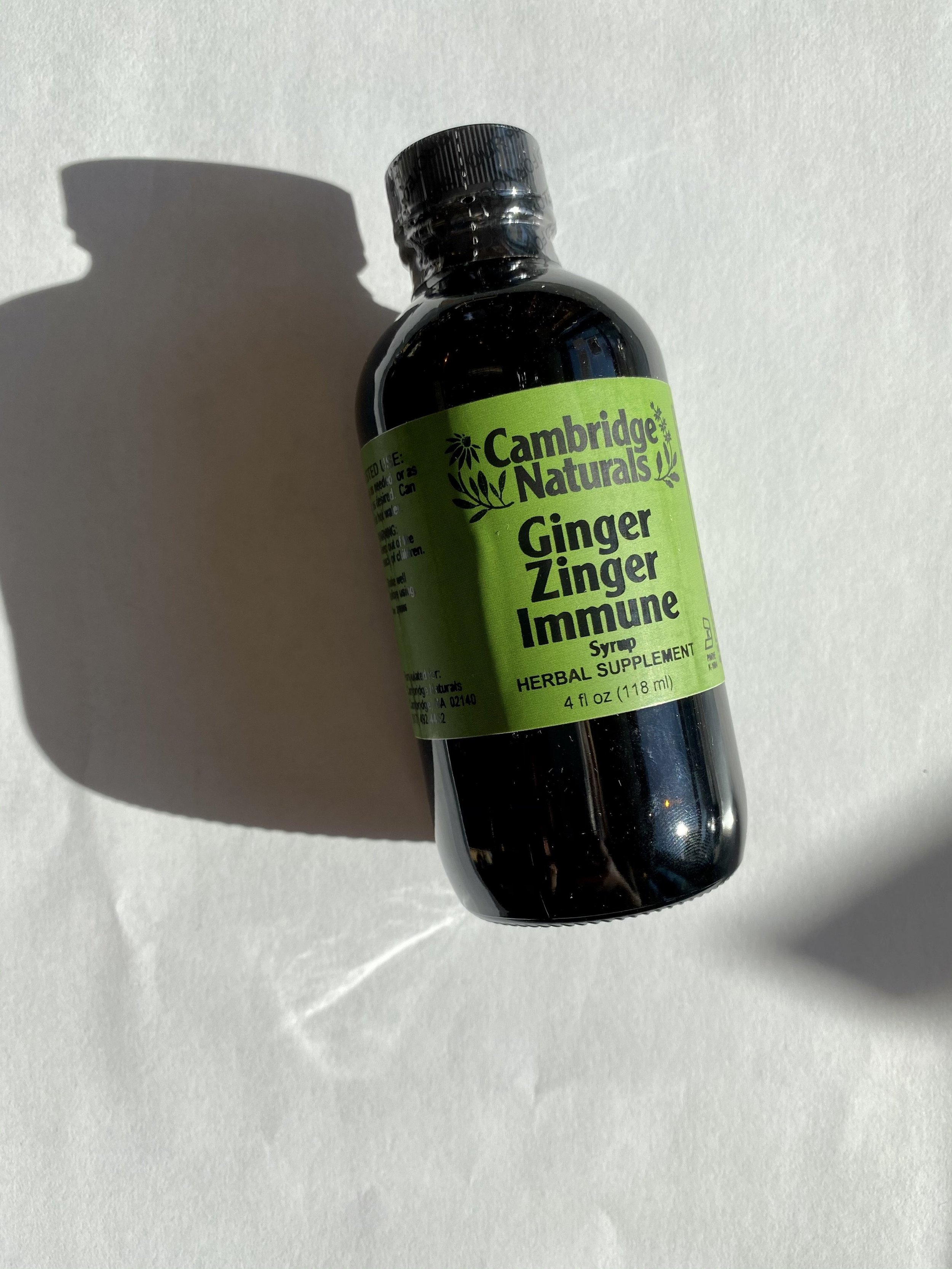By Amber, Supplements Buyer & Vegetation Enthusiast
This far into February, I am beginning to tire of the 'winter in New England' color palette: misty gray, steel blue, worn-brick red, icy white. My eyes are aching for brighter hues, and I find myself gravitating to the most colorful produce I can find in the grocery store.
My craving for color as of late got me thinking about the section of products in the Cambridge Naturals Supplements Department that we refer to simply as 'Greens'. It's where you'll find powders, fizzy tablets, and dark-bottled tinctures of green plants of all sorts, from trendy new products like superfood gummies to millennia-old superfoods once used by the Aztecs (!), all bursting with greeny goodness.
So what exactly gives plants their vivid viridian hue? The answer lies in chlorophyll, a deep-green pigment that enables plants to produce their own food through a process called photosynthesis. Specialized chlorophyll-containing structures called chloroplasts absorb sunlight, water, and carbon dioxide from the air and convert it into glucose, a type of sugar the plants use as food. The process of photosynthesis produces oxygen, which provides fresh air for us all!
Because chlorophyll absorbs blue and red light and reflects green, it gives plants their green color. It was first isolated and named in 1817 by Joseph Bienaimé Caventou and Pierre Joseph Pelletier, who took its name from the Greek words χλωρός, khloros ("pale green") and φύλλον, phyllon ("leaf"). Green vegetables have been eaten by humans as long as we've existed, but chlorophyll itself has only been used as a dietary supplement since the 1960's. Usually consumed in a liquid form, people take it for allergy support, skin health, and antioxidant benefits, though the science behind it is still in its early stages. (I myself like to mix a dropperful in a glass of water -- it has a refreshing flavor, like how mowing the lawn smells.) But use caution when handling liquid chlorophyll, as it stains intensely. I'm told a bottle of it once smashed on the sidewalk outside the Cambridge Naturals store doors, and the green mark didn't disappear for months.
When you think of green supplements, one of the first things to come to mind is probably spirulina. This blue-green algae (genus Arthrospira) was first used as a food source by the Aztec people of Mexico, who harvested it from the alkaline waters of Lake Texcoco. They called it tecuitlatl, a Nahuatl word meaning roughly 'rock poop', and would make it into cakes along with corn, beans, and chiles as fuel for long journeys. The practice of eating spirulina died off with the arrival of Spanish colonizers in the 16th century, but Mexico is seeing a resurgence in interest in spirulina as a way to reclaim Indigenous heritage.
Spirulina is rich in protein and minerals, as well as iron and B vitamins, and is easy to incorporate into your daily routine. It can be mixed into smoothies, taken as tablets, or even cooked with -- I particularly like mixing a bit with mashed avocado and lime juice and spreading it on toast. Blue spirulina, a type of algae with a unique pigment called phycocyanin that lends it a shocking electric-blue hue, tints many an Instagram acai bowl and chia pudding. As a whole, spirulina has a unique flavor and soft-cheese texture that might not be for everyone, but its reputation as a nutrient powerhouse has made it a staple food for centuries.
Often paired with spirulina, chlorella is another blue-green algae renowned for its iron and protein content. But while spirulina grows in both saltwater and freshwater, chlorella is a freshwater algae. It's difficult to cultivate on a large scale, which may explain why it hasn't reached spirulina's level of popularity. But it shows promise in lowering levels of bad (LDL) cholesterol in the blood, as well as reducing inflammation throughout the body.
Native to the Indian subcontinent, moringa (sp. moringa oleifera) is a green superfood that may be relatively new to westerners, although it has been used by people in South Asia for millennia. It is often called the drumstick tree, and its leaves, roots, and pods are eaten as food. Early science suggests it may aid in lowering blood sugar levels, as well as lowering blood cholesterol. And because it's such a rich source of nutrients, it can be especially helpful for individuals with poor diets. It often comes in capsule form, although the powder form is just as popular. You can even find it as an ingredient in snack bars, gummies, and skincare products!
But all of this is too complicated, you might be thinking. I can't grow a moringa tree in my house, and my landlord would throw a fit if I started cultivating algae on my fire escape. That, my friend, is when you might turn to wheatgrass. I've written about wheatgrass before as a dietary supplement and fun sensory experience for pet cats, but humans can also reap its benefits. It makes a fresh-tasting juice and is an easy addition to smoothies, where its high levels of Vitamin C and antioxidants really shine. And it's super-easy to grow indoors, giving you a reliable source of superfood nutrition right in your own home!
The nutritional benefits of green superfoods have been utilized by humans for millennia in the past, and it seems they may also become the food of the future. Early studies suggest they may provide a sustainable nutrition source for food-insecure communities, and they've also been investigated as a potential food for long-term space missions or Mars travel! Could the same farming practices devised centuries ago by the Aztecs one day support humans in space? It's pretty cool to think about!
The information in this blog post is not intended or implied to be a substitute for professional medical advice, diagnosis or treatment. Always seek the guidance of your doctor or other qualified health professional with any questions you may have regarding your health or a medical condition.
Sources:
https://education.nationalgeographic.org/resource/chlorophyll/
https://www.bbc.com/travel/article/20210111-how-mexico-is-reclaiming-spirulina
https://www.webmd.com/diet/chlorella-health-benefits
https://www.healthline.com/nutrition/6-benefits-of-moringa-oleifera




